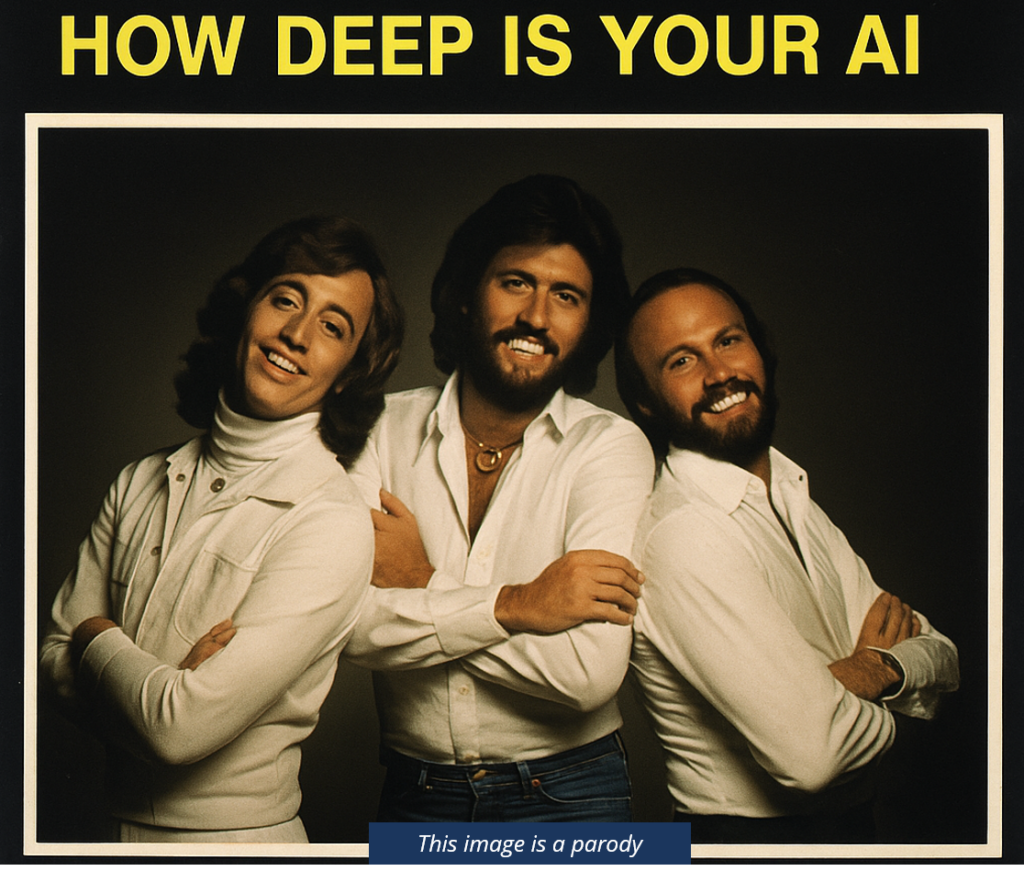
For decades, Artificial Intelligence (AI) relied heavily on pattern recognition to predict and complete text. It could finish your sentences or spot trends, but without truly grasping the deeper meaning of words or context. Today, that’s changing, dramatically. A new generation of AI models, known as “Reasoners,” can now think step by step to deliver more precise, relevant, and nuanced responses.
But how deep is this reasoning, really? And what does this shift mean for research, decision-making, and business intelligence?
From instant answers to deep thought
Traditionally, AI chatbots generated responses in real time, word by word. Fast, yes, but often superficial, lacking in real depth. To boost relevance, developers introduced a concept known as Chain of Thought (CoT). This prompting technique encourages models to “show their reasoning.” It functions similarly to how students carefully solve math problems step by step. However, CoT is still essentially a prompt-based trick, not a true native reasoning ability.
Today’s Reasoners, like OpenAI’s Deep Research model or China’s DeepSeek V3, now embed multi-step reasoning directly into their training. This native capability allows them to genuinely tackle complex problems rather than merely imitating human logic. For instance, Google’s experimental Gemini 2.5 Pro introduces agentic and iterative reasoning, allowing the model to autonomously refine its answers over multiple cycles. Likewise, DeepSeek V3 excels at advanced programming tasks and multilingual processing.
AI research agents in practice
While Reasoners enhance internal logic, AI research agents go even further, managing entire research workflows autonomously. They comb through academic literature, interpret complex datasets, and generate structured, well-sourced reports in minutes.
Take Microsoft Copilot Researcher and Analyst, integrated into Microsoft 365. They combine OpenAI’s reasoning power with Microsoft’s extensive data connectors, enabling the generation of tailored analyses directly within daily business workflows.
Perplexity’s Deep Research mode is another standout. Designed for those who need grounded answers with citations, it cross-checks multiple sources in real time, offering traceable insights with academic-style precision. It’s especially valuable for users who need to vet AI-generated information against reputable sources, fast
Meanwhile, Google offers NotebookLM, presented as a true “personal research lab.” Designed for students, researchers, and professionals, it allows users to upload their own documents to extract summaries, ask questions, or explore conceptual links.
These systems are no longer passive assistants. They have become proactive partners, able to challenge assumptions, synthesize insights, and enhance strategic decision-making in real time.
What lies beneath this new intelligence?
Reasoners and research agents no longer just answer questions; they reason, validate sources, and synthesise information at speeds and scales previously unimaginable.
Yet, as AI sharpens its intellectual processes, professionals must grapple with tougher questions: How transparent are these models, really? What biases might linger beneath their polished surface, and how can we effectively mitigate them?
We are all learning to navigate a new professional reality, one where tools don’t just execute tasks, but actively collaborate with us. Which brings us, with a touch of humour and a dose of seriousness, back to the question that inspired our title:
♫ “How deep is your AI? ♪♫♪ I really mean to learn, ’cause we’re living in a world of fools...” ♫
Yes, it sometimes feels like we are living in a world of fools, caught between runaway tech euphoria and deep-seated AI neuroses. On one side, enthusiasm spills into full-blown excitement; on the other, anxiety morphs into existential dread. But by staying curious, pragmatic, and thoughtful, we can help steer this transformation toward an AI that is not only powerful but also profoundly human…
